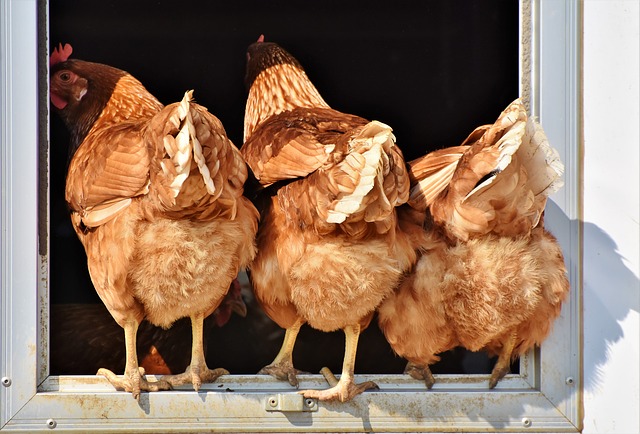
Incinerators in the Poultry and Hatchery Industry
It all started in the year 1999. The first incinerator order we received was from the biggest group in the poultry farming and hatchery industry in India. This order was finalized after many rounds of technical discussions and a lively debate including the `for and against` claims by Haat and another company. Eventually the client decided in favour of Haat for many reasons, one of which was the low operating cost of the incinerator.
It may be of interest to note the difference between `poultry` and `hatchery`. While the word poultry means domestic fowl such as chickens, geese, ducks and turkeys raised for food, hatchery means eggs hatched under artificial conditions.
An egg laying poultry farm is called egger or layer whereas broilers are farms where birds are reared for obtaining meat. So a layer should be able to produce more number of large sized eggs, without growing too much. Broilers are fed with vitamin-rich supplementary feed for good growth rate and better feed efficiency.
It is very important in this industry to ensure that a sterile atmosphere is always maintained, as a careless, unclean, infected location can prove very costly, as the lives of thousands of chicks are at stake. For this reason, the wastes generated here have to be dealt with kid gloves, so that they do not cause any proliferation of the infection carried by them.
There are different types of wastes generated in a poultry/hatchery and these include:
• Unfertilized eggs
• Egg shells from hatched eggs
• Dead embryos
• Dead chicks or weaklings
• Male chicks in a hatchery
• Lab wastes such as petri dishes, gloves etc.
Almost all these wastes are incinerated in Haat’s model PWR poultry waste incinerator which is specially designed for this purpose. It has a primary and a secondary chamber with independent burners and if operated as per instructions, will not produce any visible black smoke.
It is a top loading model with a separate ash door for bottom ash removal. The advantage in this incinerator is that its rated capacity can be charged at one time without opening and closing the charging door frequently. The primary burner sizing is calculated based on the thermal capacity required for efficient combustion.
Its secondary chamber with its burner deals effectively with the flue gas containing the products of combustion and emissions are well within the standards.
Since most hatcheries and poultries are located in isolated places and since the PWR`s emissions are good, there is generally no need for a scrubber or a tall stack. But should this be deemed necessary, these can always be retrofitted.
We are now in the year 2019, that is 20 years from our first sale of a poultry waste incinerator. We are proud to say at this time, that the biggest poultry group in India has installed nearly 20 Haat incinerators in various locations. Not only that, almost all the other major players in this field, have one or more Haat incinerators in their hatchery/poultry. Our user list for the PWR has increased many fold.
We are happy and proud to be able to contribute to a clean and sterile environment by supplying quality incinerators to this industry, as this is vital for the welfare of poultry farms.


